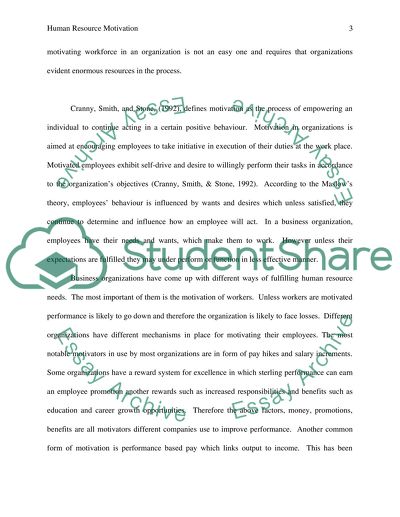Cite this document
(Managing and Developing People Coursework Example | Topics and Well Written Essays - 3531 words, n.d.)
Managing and Developing People Coursework Example | Topics and Well Written Essays - 3531 words. Retrieved from https://studentshare.org/human-resources/1540738-managing-and-developing-people
Managing and Developing People Coursework Example | Topics and Well Written Essays - 3531 words. Retrieved from https://studentshare.org/human-resources/1540738-managing-and-developing-people
(Managing and Developing People Coursework Example | Topics and Well Written Essays - 3531 Words)
Managing and Developing People Coursework Example | Topics and Well Written Essays - 3531 Words. https://studentshare.org/human-resources/1540738-managing-and-developing-people.
Managing and Developing People Coursework Example | Topics and Well Written Essays - 3531 Words. https://studentshare.org/human-resources/1540738-managing-and-developing-people.
“Managing and Developing People Coursework Example | Topics and Well Written Essays - 3531 Words”, n.d. https://studentshare.org/human-resources/1540738-managing-and-developing-people.


